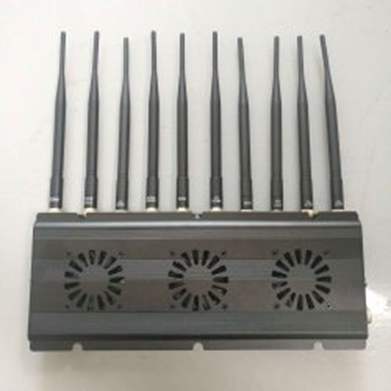Repainting school furniture can refresh the learning environment, extend the life of desks and chairs, and boost school morale. However, repainting also poses certain risks if not handled properly—especially when students are on campus. Toxic fumes, sharp tools, and unprotected surfaces can become hazards.
Fortunately, with a little planning and safety awareness, you can upgrade your school furniture without compromising student safety. Here are five essential tips to keep your students protected during the repainting process.
Schedule Painting Projects During Breaks or Weekends
Timing is everything when it comes to repainting in a school environment. To avoid exposing students to potentially harmful paint fumes or hazards, always schedule painting projects during school breaks, weekends, or after hours.
This ensures that no students are around while surfaces are being sanded, primed, or painted. If repainting must happen during the school day, restrict access to the work zones and use signage and barriers to keep students safely away.
Use Non-Toxic, Low-VOC Paints
When repainting furniture, opt for non-toxic, low-VOC or zero-VOC paints. Traditional paints may emit harmful fumes that can linger in the air and lead to headaches, allergic reactions, or respiratory issues—especially in young children.
Low-VOC paints are safer for indoor use and dry faster, which reduces the risk of exposure. Always ventilate rooms thoroughly during and after painting, using fans and open windows to circulate fresh air.
Powder Coat School Supplies for Safer, Long-Lasting Results
Powder coating is an excellent, student-safe alternative to traditional painting methods, especially for metal school furniture like lockers, chairs, or desk legs. It involves applying a dry powder to the surface and curing it with heat, creating a hard, durable finish. Unlike spray paints, school supplies powder coating doesn’t release harmful solvents or fumes, making it an environmentally friendly and safer option for school settings.
In addition to being more resistant to chips and scratches, powder-coated surfaces are easier to clean and sanitize—an important feature in today’s health-conscious classrooms.
Keep Work Areas Well-Ventilated and Isolated
Proper ventilation is key to reducing exposure to airborne chemicals. If painting indoors, open windows and doors, and use industrial fans to disperse fumes quickly. Keep students out of freshly painted areas for at least 24–48 hours to allow full curing of the paint.
Use plastic sheeting or temporary barriers to seal off workspaces and prevent accidental contact with wet paint or sharp tools. Make sure signs are clearly posted warning of ongoing work and potential hazards.
Educate Staff and Maintenance Teams on Safety Protocols
Before any painting project begins, hold a safety briefing with staff, janitorial teams, and anyone involved in the process. Ensure they are wearing appropriate protective gear such as gloves, goggles, and masks.
Train them on safe material handling, disposal of used paint containers, and emergency procedures. The more your team knows, the better they can protect themselves and keep the students safe by enforcing the proper precautions.
Conclusion
Repainting school furniture is a great way to revitalize your learning space, but it must be done with student safety in mind. By scheduling smartly, using safe materials like powder coating, ventilating properly, isolating work zones, and educating your staff, you can ensure a safe and successful upgrade.










